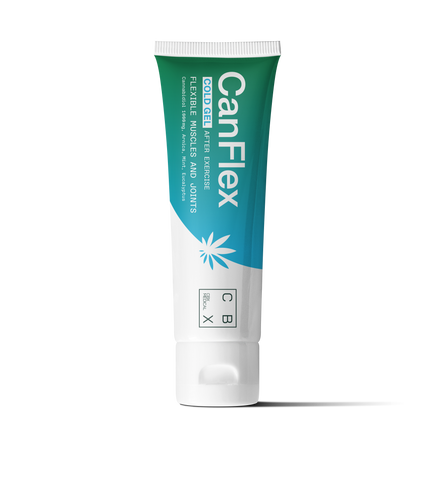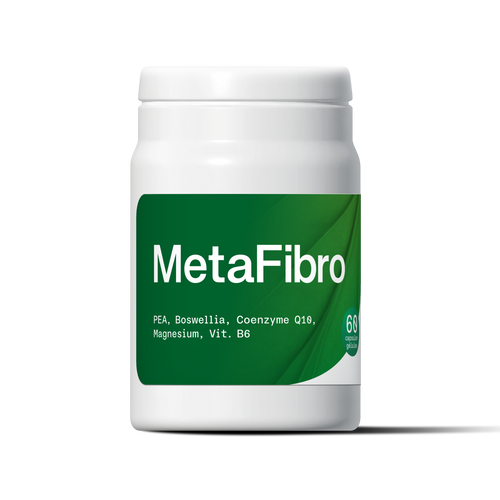Pain felt in any part of our body can be very debilitating and can disrupt our day by preventing us from carrying out our usual activities. Chest pain, particularly those located in the sternum , are very annoying and can occur overnight without the slightest warning sign. These pains are generally uncommon, but are very problematic for those who suffer from them. Do you want to understand what is happening to you and identify the causes of your pain? We're here to explain to you what it's all about.
What is the sternum?
“The sternum” is a word that is familiar to you and that you must have heard many times throughout your life. Rest assured, there is no need to master in-depth concepts of human anatomy to understand what it is, it's up to us to explain!
The sternum is therefore a flat and symmetrical bone located on the upper part of the thorax , it is connected to the first seven ribs as well as to the clavicle bones with which it forms a sternoclavicular joint , the sternum is the junction which exists between three bony parts important which include:
- the body of the sternum;
- the tip of the sternum or better known as the xiphoid appendage;
- the manubrium of the sternum.
What is the role of the sternum?
The physiological function of the sternum consists of the formation of the bony framework of the rib cage, the other ribs as well as the thoracic vertebrae join to it to complete it, it also attaches to the intercostal muscles of the rib cage. It also contains hematogenous marrow or hematopoietic tissue which is used primarily to produce blood cells
What to do when you suffer from sternum pain?
Pain in the sternum is generally caused by all kinds of trauma and can in some cases reflect the signs of a fracture, particularly during a fall or intense sporting activity, however, in the face of the spontaneous appearance of any pain unexplained chest pain that persists for days, it is necessary to consult a doctor, especially if your pain is accompanied by other alarming symptoms such as dyspnea or significant difficulty breathing, fever, cold sweats, nausea or vomiting . These signs may indicate the occurrence of a myocardial infarction and require immediate medical attention.
What causes sternum pain?
Chest pain can vary in intensity and present as burning, discomfort, or tightness. They can be caused by a range of more or less serious pathologies which include fractures. Indeed, fractures of the sternum are very common and occur in the context of a car accident or during repeated sporting activities which cause what are called stress fractures. Some people are more prone to this type. problem, in this case, are those who suffer from osteoporosis.
Sternal pain can also be caused by various systemic or infectious diseases such as pneumonia, especially if the latter is accompanied by fever, persistent cough and shortness of breath. Heart or vascular diseases such as angina or pulmonary embolism can also cause sternum pain and represent medical emergencies that must be treated quickly.
What tests should you take in the case of sternum pain?
In order to diagnose the pathologies which may be the cause of sternum pain, your attending physician will ask you to undergo the following examinations :
- a chest x-ray to detect the presence of a fracture or trauma to the sternum;
- a CT scan to identify abnormalities on the medullary bone or around the joints;
- an MRI to obtain very precise images of the bones of the sternum and identify the slightest lesion or inflammatory sign;
- a bone scan for the diagnosis of possible sterno-costo-clavicular hyperostosis.
How to treat sternum pain?
The treatment of sternum pain will depend above all on its etiology, however, it is advisable to stop any activity which could aggravate your condition and to take analgesics to calm the pain such as paracetamol, aspirin or non-steroidal anti-inflammatory drugs while waiting to consult your doctor.
Another solution for managing painful situations could be Cannabidiol (CBD), Cannabigerol (CBG) or a combination of the two via a CBD + CBG oil




